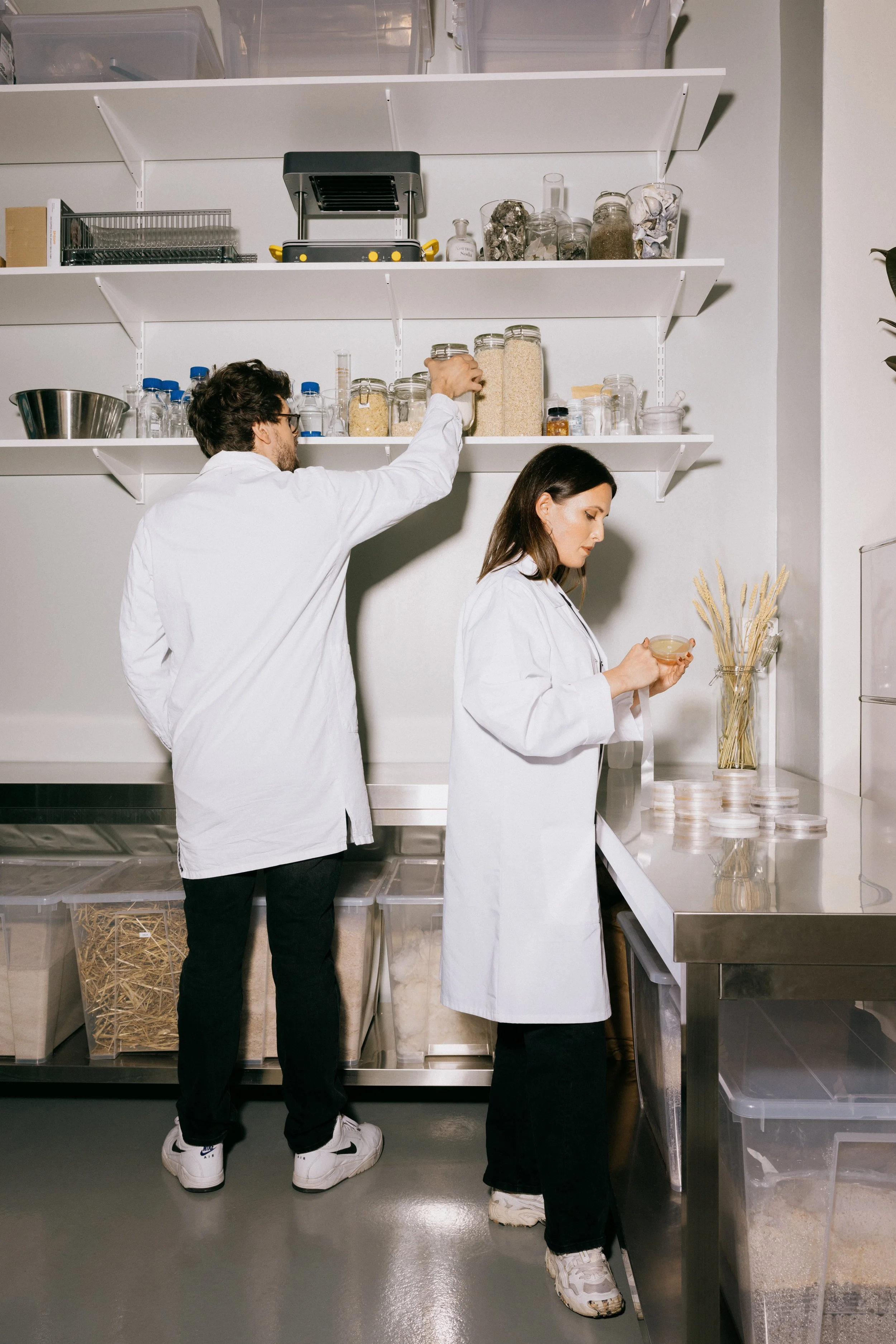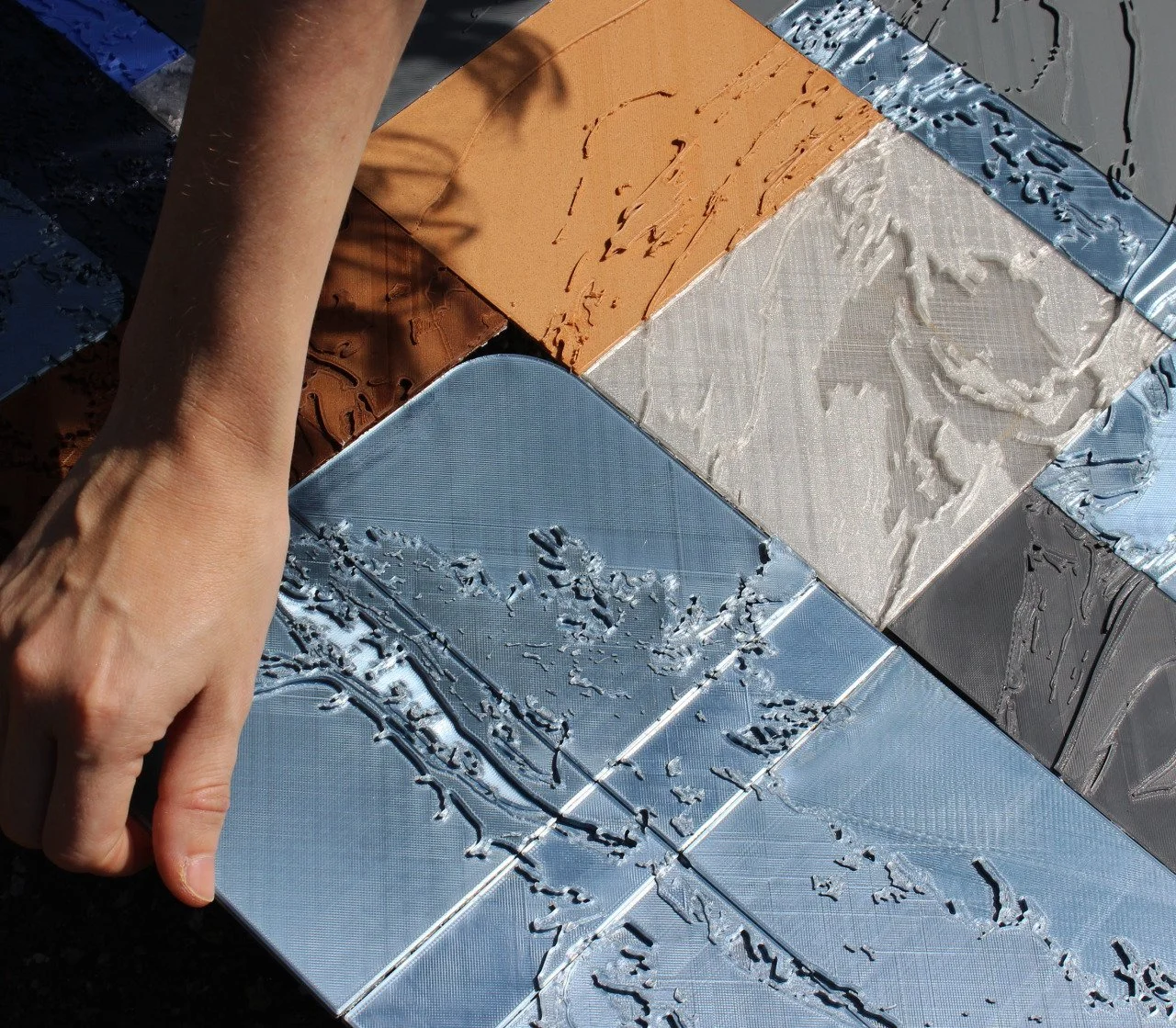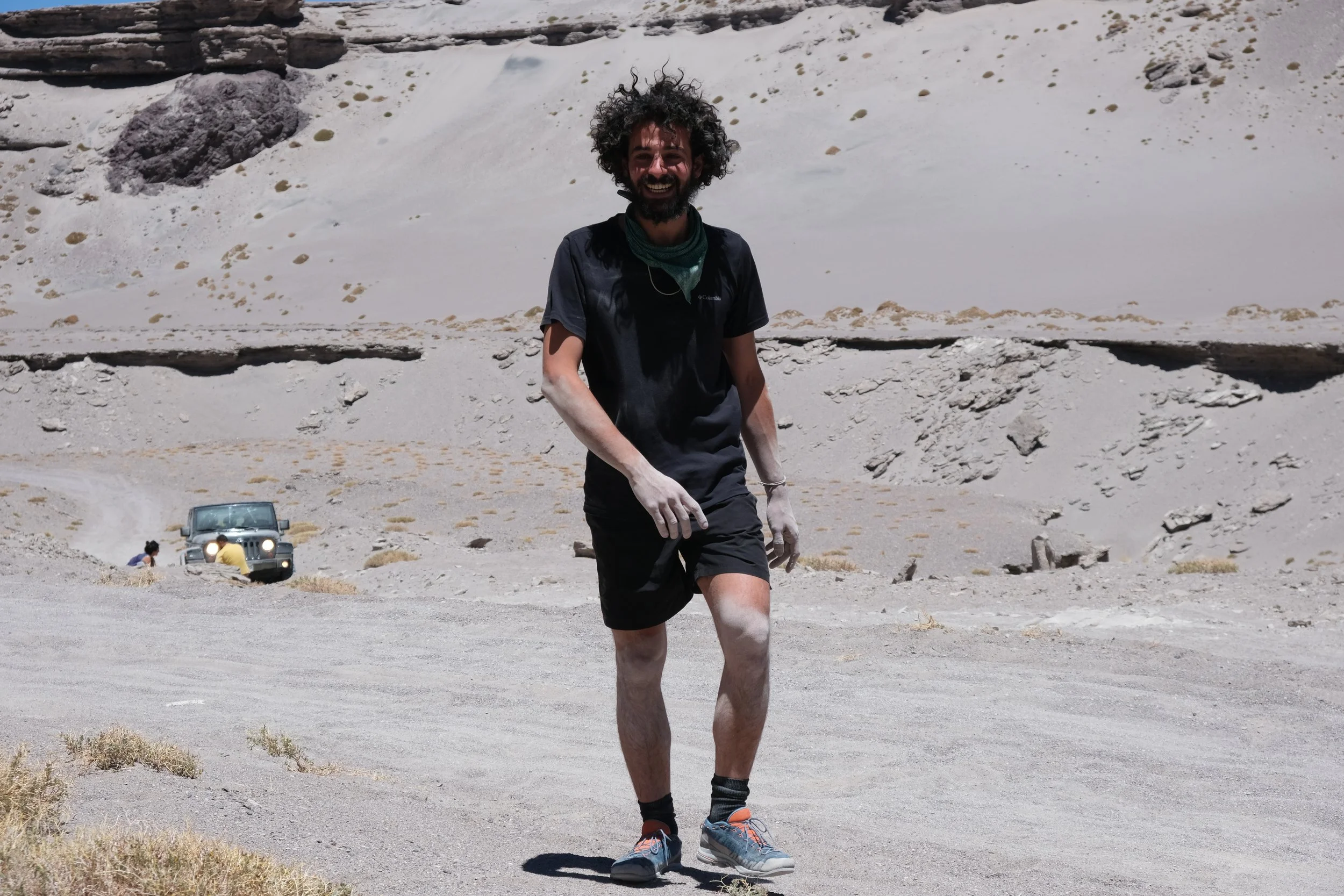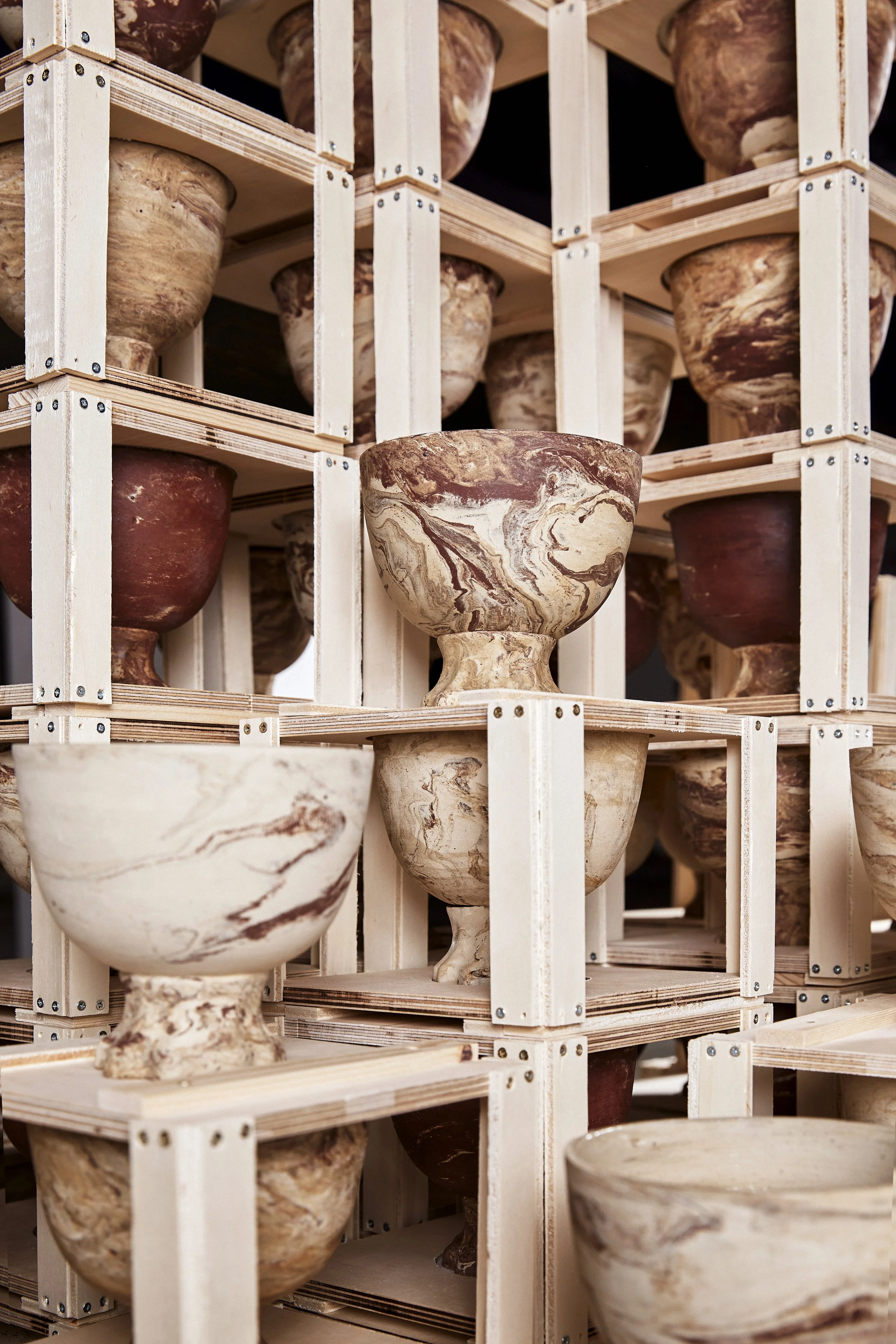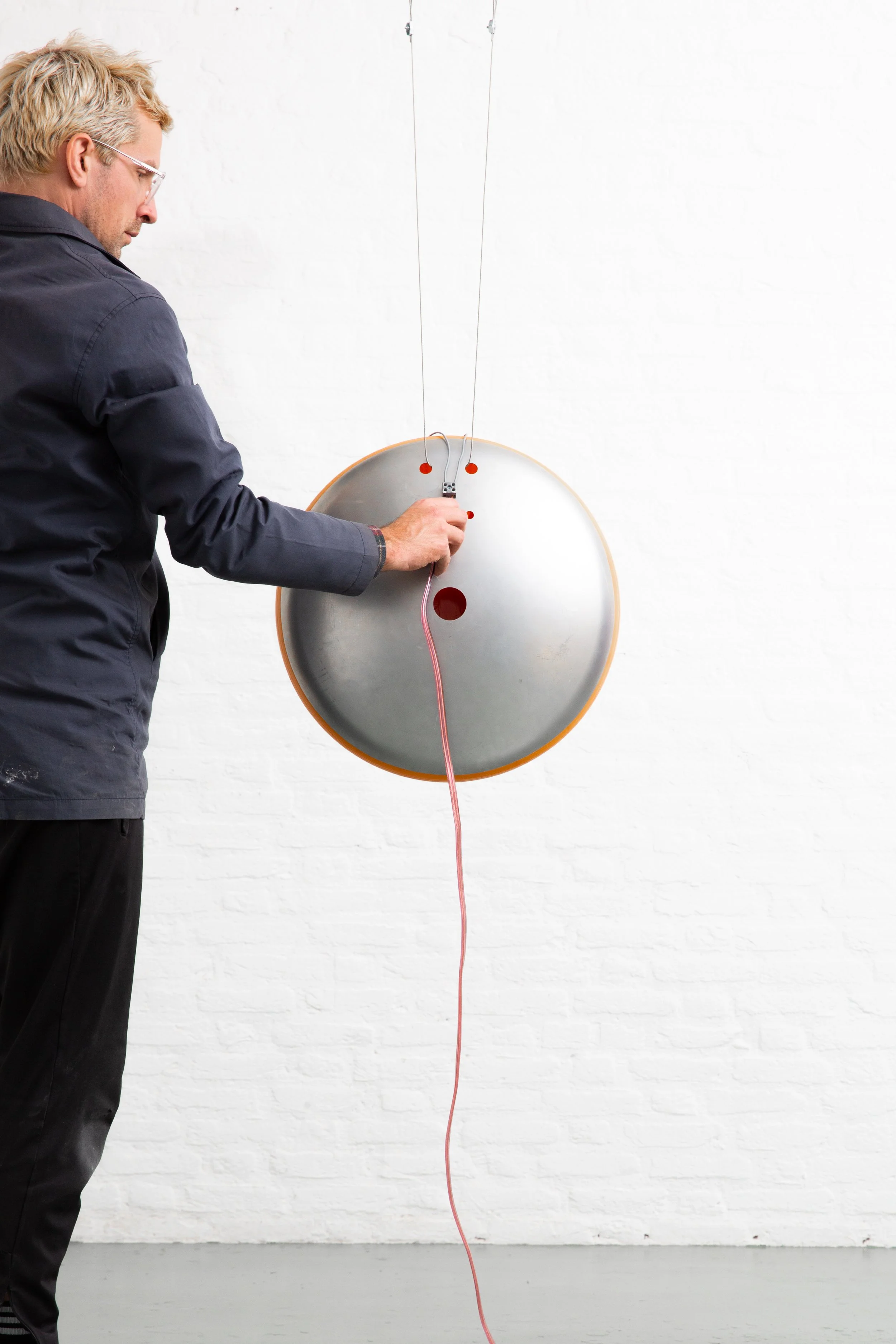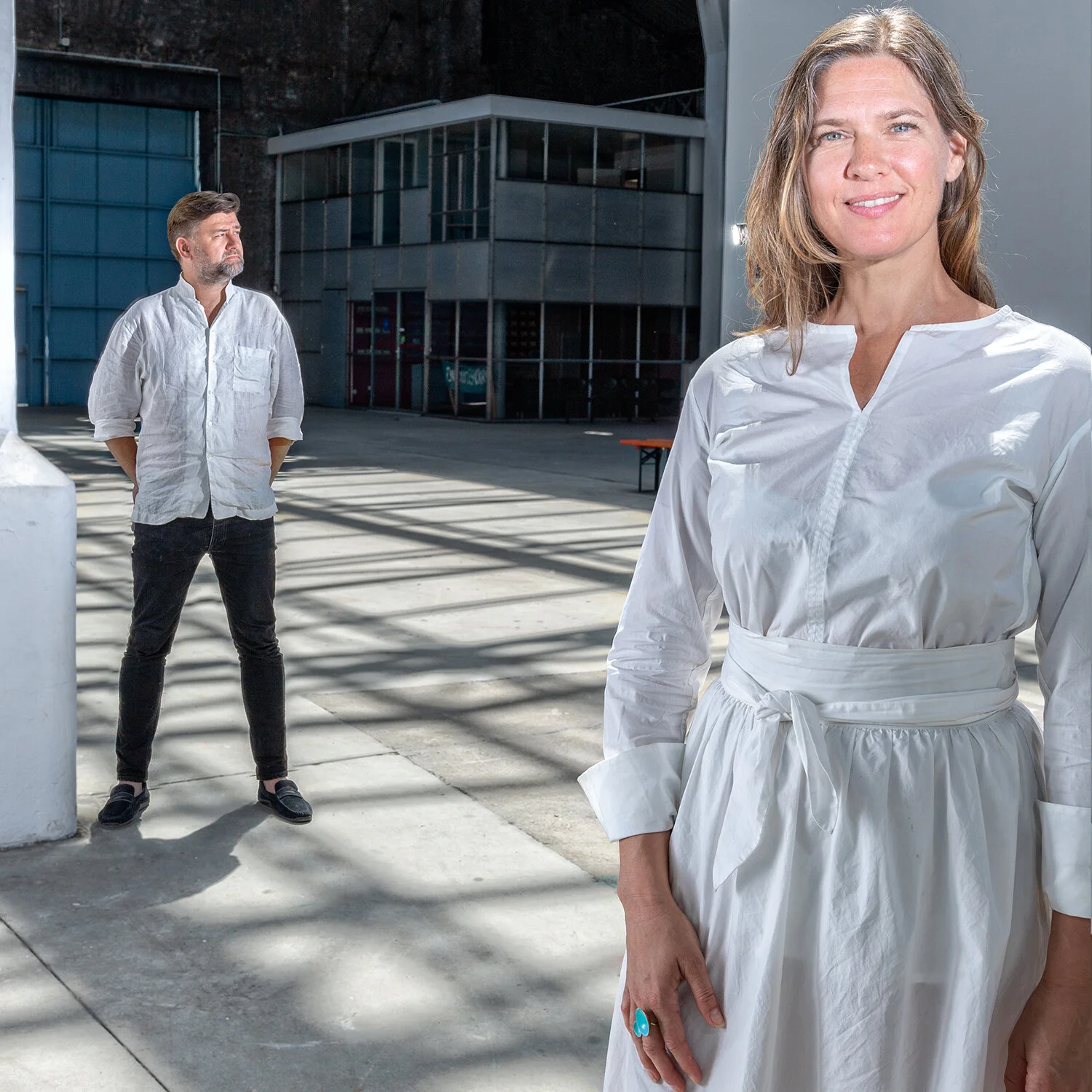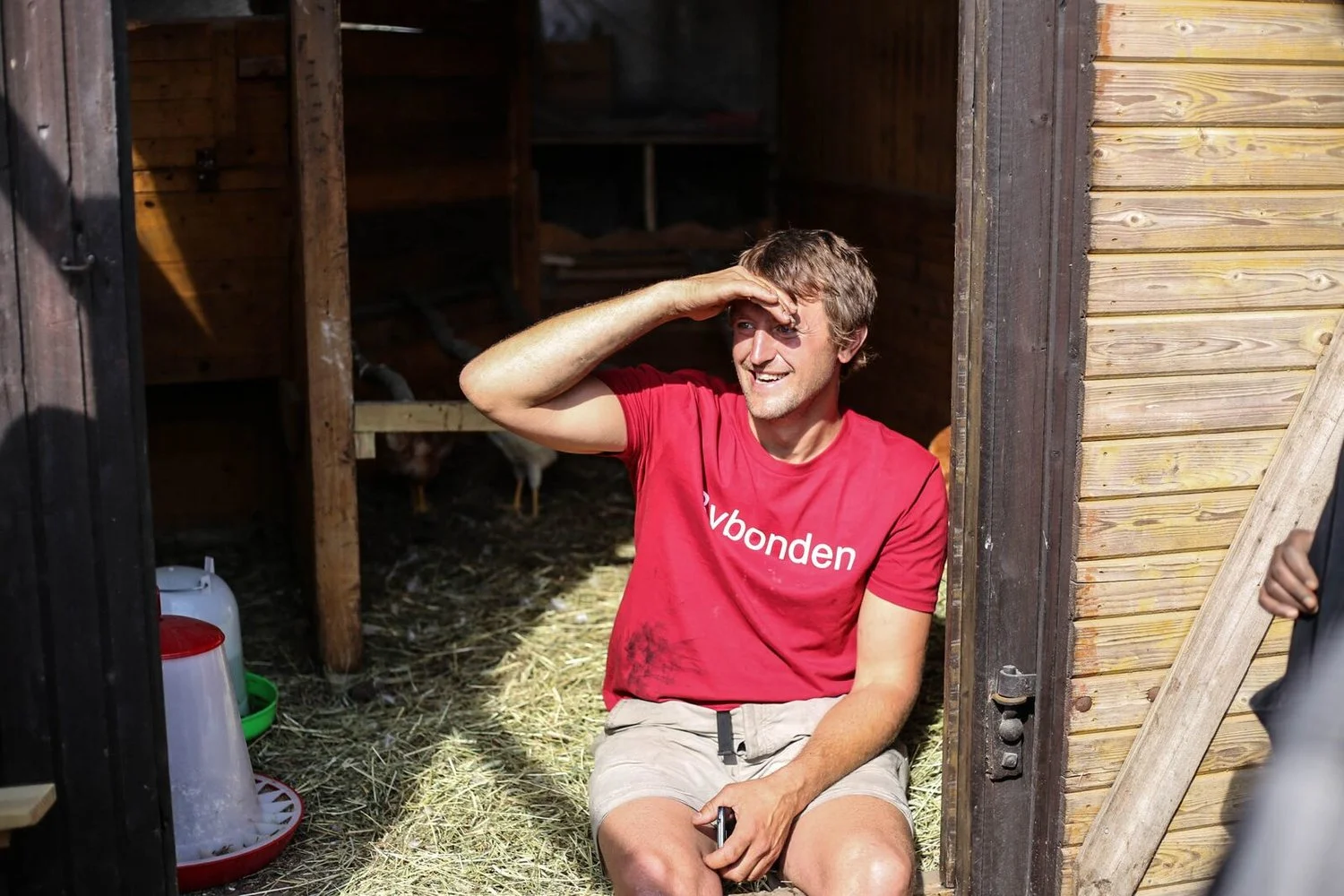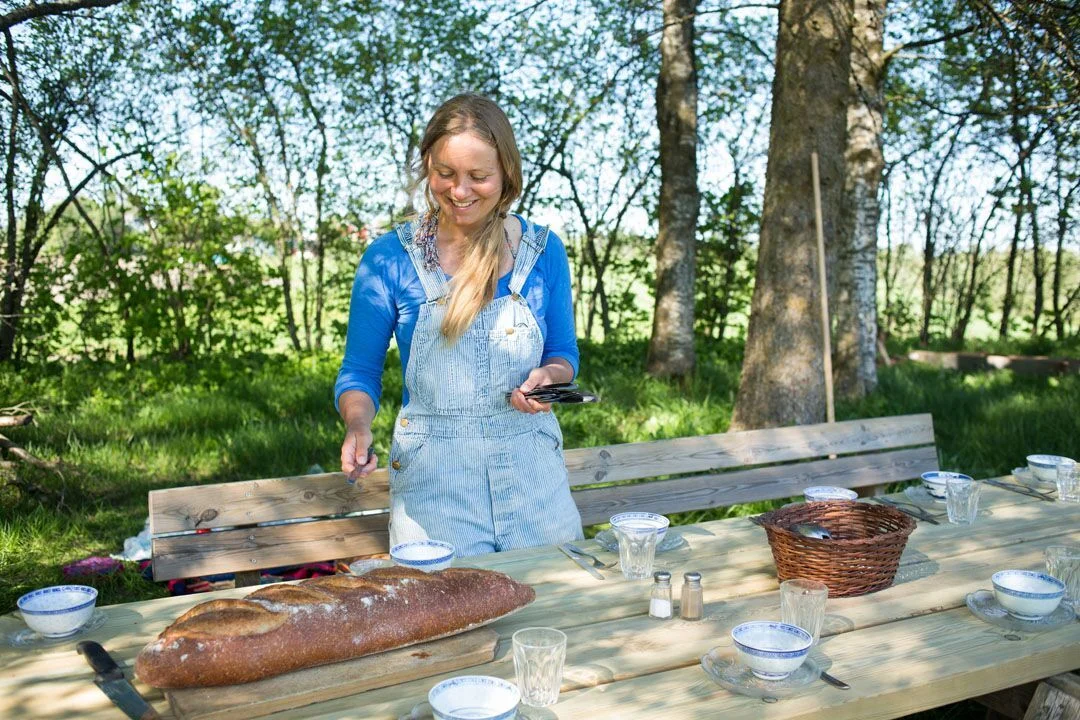Åsmund Asdal of Svalbard on Safeguarding Seeds for the Future
Åsmund Asdal registrering newly arrived seeds. Photo: Riccardo Gangale, Landbruks-og matdepartementet.
Svalbard Global Seed Vault is established deep within the permafrost in the mountains of Svalbard and is constructed in order to keep security duplicates of seeds from seed collections from all over the world. If seeds get lost, for instance as a consequence of natural disasters, war or simply lack of resources, the seed collections will be reestablished with seeds from Svalbard.
# Dear Seed Vault Coordinator Åsmund Asdal - congratulations on the 10 years anniversary! Can you tell a little bit about the history of this unique Vault - who came up with the idea and what was the initiating force and purpose behind it?
In the mid 1980´s The Nordic Gene Bank (NGB) established a security storage facility for seeds in a steel container in permafrost in a coal mine in Svalbard. This attracted a lot of attention worldwide and other gene banks and international organisations started to explore the idea of having a similar facility for security duplicates of seeds from other gene banks. Norway was asked about options for having a facility in Svalbard, a facility study was conducted and the Norwegian prime minister announced in 2006 that a Seed Vault would be built in Svalbard. The Svalbard Global Seed Vault was opened and the first seed arrived in February 2008.
# Which seeds and countries are represented?
75 gene banks have deposited seeds in the Seed Vault. As most gene banks have seeds originating from many countries, there are seeds from almost all countries in the world in the Seed Vault. There are 969479 samples and seeds from more than 5000 different plant species in the Vault.
# Can you say something about your job and how the global seed vault, the facilities and the organisation, works in general?
My job is to work with gene banks on their programs for securing their seed collections by depositing copies in the Seed Vault. I inform about options, assist during shipments, organize all seed handling in Svalbard, update databases and all kind of communication with gene banks and other stakeholders. An important part is also to use the Seed Vault mission to inform and create public awareness and political will to support and fund conservation and use of plant genetic resources.
The Seed Vault is built and owned by the Norwegian government, and it is managed through an agreement between the Norwegian Ministry of Agriculture and Food, Global Crop Diversity Trust and Nordic Genetic resource Centre/NordGen (where I am employed).
Seeds arriving into the permafrost vault. Photo: Riccardo Gangale, Landbruks-og matdepartementet.
Oat to the right and barley number 2 from the left. The two others are types of grass. Photo: Riccardo Gangale, Landbruks-og matdepartementet.
# Why is the vault essential and necessary in the time that we are living in?
Genetic diversity in plants is an essential resource for improving agriculture and food production. Genetic material is necessary for developing new crop varieties and adapting agriculture to climate change, a growing population, challenging growing conditions like new plant diseases, drought periods, more frequent flooding etc.
The seeds are well kept inside the perma frost. Photo: Riccardo Gangale, Landbruks-og matdepartementet.
# When and how has the seeds from the vault been used up until now?
The seeds in the Vault are the property of the gene banks that have sent them, and can only be returned and used by the owners. Seeds conserved in the Seed Vault are a kind of insurance; we hope it will never be used. However, one gene bank has requested seed to be returned from their stock of seeds deposited in the Seed Vault, namely ICARDA, an international research institute, previously having its headquarter and gene bank in Aleppo, Syria. Parts of their seeds conserved in the Seed Vault have been sent back to Lebanon and Morocco, where ICARDA establish new gene banks.
Ali Shehadeh from ICARDA, the only genebank so far that has come to bring back home seeds from the Vault. Photo: Riccardo Gangale, Landbruks-og matdepartementet.
# How do you predict the role of the Vault in the future?
The Seed Vault secures that we have valuable plant genetic resources for improving future food production, if these resources have been lost from gene banks.
Photo: Riccardo Gangale, Landbruks-og matdepartementet.
Elementa Conversations:








